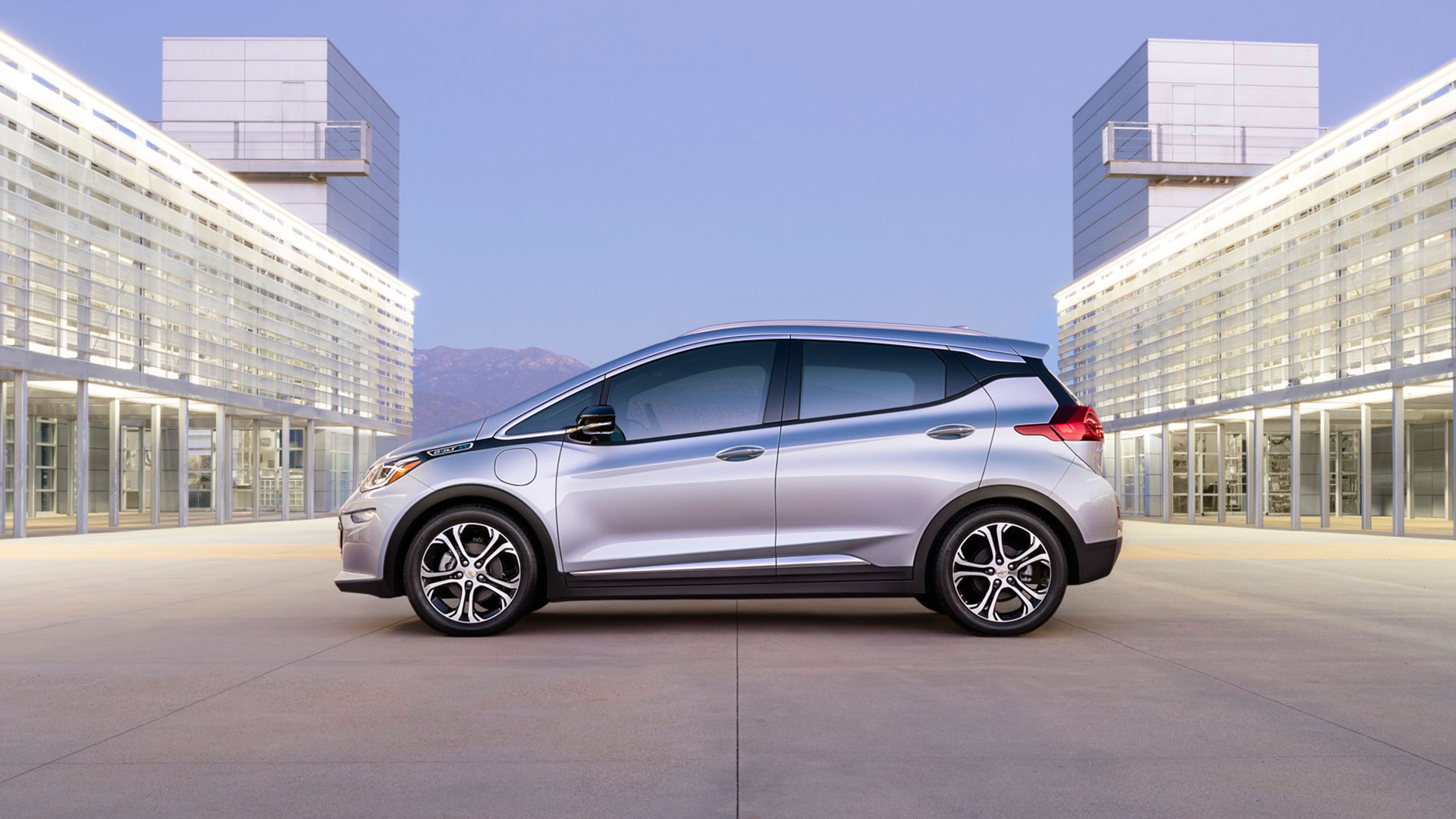

We may earn revenue from the products available on this page and participate in affiliate programs. Learn more ›
Update: August 11th, 12:30pm: GM has informed The Drive that the FCC filings were not for the development of its autonomous cars.
“The FCC filings referenced in the IEEE Spectrum story are not part of our autonomous vehicle development program,” GM said in a statement. “They are related to further advancement of technologies featured on our vehicles today.”
The removal of human drivers from the taxi industry may come sooner than anticipated. General Motors and Lyft are reportedly constructing a fleet of 725 self-driving taxis, and the companies may be looking to have them on the market by the beginning of 2019.
This report, based on documents from the Federal Communications Commission that were dug up by the Institute of Electrical and Electronics Engineers magazine Spectrum, appears to shed light on the main product to arise from GM’s $500 million investment in Lyft last January. At the time, the companies announced they would be working toward creating a ride-sharing network of GM-built autonomous cars, but specific details following that announcement have been few and far between. With this latest release, however, we now have what appears to be a specific timeframe for when the two companies hope to make their plans for a fleet of self-driving taxis a reality
The documents dug up by Spectrum, whichwere filed in late July, appear to be requests to allow the automaker to use certain radio frequencies for upcoming autonomous or semi-autonomous vehicles. The first request filed by GM requested approval for 725 Continental Conti Temic long-range radars, while the second was for 2175 short-range radars. A confidentiality request from GM engineer Jeffrey Clark to the FCC explains that though the company already has public radar systems in use in its blind spot detection and adaptive cruise control systems, the company is working on a “new hardware generation” that will be used for experimentation for “the time until the market introduction, which is January 2019.”
As Spectrum notes, autonomous cars usually have one long-range radar up front and three short-range radars scattered around the sides and rear of the car; assuming that remains the case for GM and Lyft’s new autonomous cabs, the number of radars being requested would seem to indicate a fleet of 725 vehicles. And since the FCC gave GM the a-okay to test out its radars through August 1st, 2017, odds seem good we’ll see the first evidence of a fleet of self-driving Chevy Bolt test taxis in a city somewhere in America starting sometime this year—and an option for self-driving Lyfts on the app two and a half years down the road.
